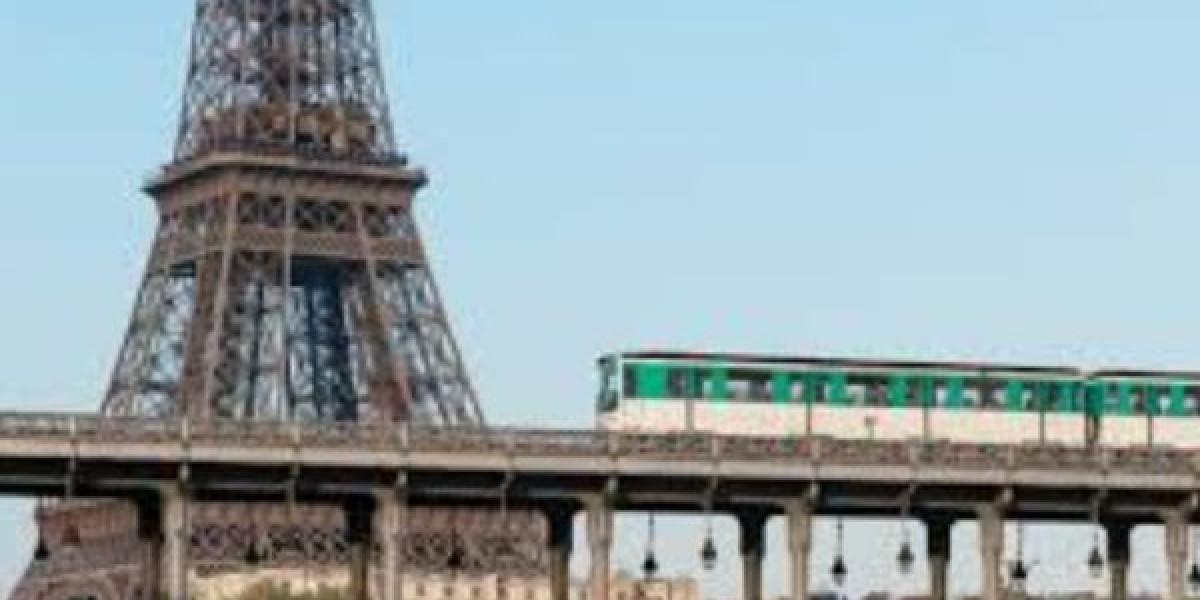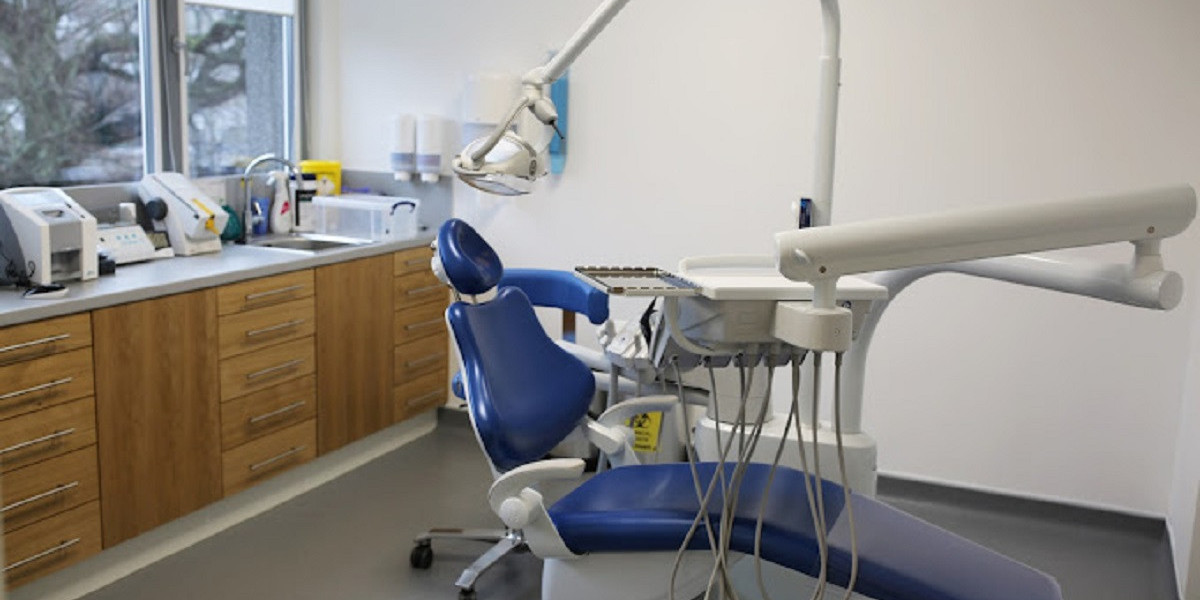Madrid, the vibrant capital of Spain, is not only known for its rich history, beautiful architecture, and delicious cuisine but also for its efficient and expansive public transportation system. The Madrid Metro is one of the most extensive and well-maintained metro systems in Europe, making it the best way to explore the city and its surrounding areas. Whether you're a first-time visitor or a seasoned traveler, this guide will help you navigate Madrid's metro system with ease.
Overview of the Madrid Metro
The Madrid Metro, inaugurated in 1919, is one of the busiest subway systems in the world. With 13 metro lines, over 300 stations, and a total network spanning over 294 kilometers, it connects almost every corner of the city and extends to nearby suburbs. The metro operates daily, with trains running from 6:00 AM to 1:30 AM, making it a convenient and reliable choice for locals and tourists alike.Each metro line is identified by a number and a color, such as Line 1 (Blue) or Line 10 (Dark Blue). The stations are marked with the iconic red-and-white Metro signs, and the network map is easy to read and widely available at stations, online, and on apps.
Why Use the Madrid Metro?
There are several reasons why the Madrid Metro is the go-to option for getting around the city:
- Convenience: The metro connects major attractions such as Puerta del Sol, Gran Vía, Plaza Mayor, Retiro Park, and the Royal Palace, as well as neighborhoods like Malasaña, Chueca, and Lavapiés.
- Affordability: It's one of the most budget-friendly transportation options in Madrid, with flexible ticket options to suit different needs.
- Efficiency: Trains are frequent, with wait times averaging 2–5 minutes during peak hours.
- Eco-Friendliness: Using the metro reduces your carbon footprint compared to taxis or rental cars.
How to Access the Metro: Tickets and Passes
Madrid Metro offers a range of ticket options to fit your travel plans:
- Single Journey Ticket:
- Price: Between €1.50 and €2.00, depending on the distance traveled.
- Ideal for one-time trips or short stays.
- Ten-Trip Ticket (Metrobus):
- Price: €12.20.
- Valid on both the metro and EMT buses, making it a cost-effective option for visitors staying a few days.
- Tourist Travel Pass (Abono Turístico):
- Unlimited travel within a selected time period: 1, 2, 3, 5, or 7 days.
- Price starts at €8.40 for 1 day and goes up to €35.40 for 7 days.
- Perfect for tourists planning to explore Madrid extensively.
- Monthly Pass (Abono Transporte):
- For extended stays, this pass offers unlimited travel within specific zones for an entire month.
- Ideal for students or long-term visitors.
Tickets can be purchased at ticket machines in stations, tobacco shops (Estancos), or via the official Metro Madrid app. To enter the metro, simply tap your ticket or travel card at the turnstile.
Understanding the Metro Map and Zones
Madrid's metro network is divided into several zones: A, B1, B2, and B3, with Zone A covering the majority of the city center and its main attractions. If you're a tourist, you'll likely stay within Zone A for most of your trips.The metro map is color-coded and shows all lines, stations, interchanges, and their respective zones. When planning your route, pay attention to the following:
- Line Number and Color: Each line has a distinct color and number for easy identification.
- Interchange Stations: These stations allow you to switch between different lines without exiting the metro.
- Final Destination: Metro trains display their final stop, so make sure you're boarding the correct one.
You can use Google Maps, the official Metro Madrid app, or websites like Moovit to plan your journey and see real-time train schedules.
Navigating the Stations
Madrid Metro stations are user-friendly and well-equipped. Here’s what to expect:
- Signage:
- Clear signs in Spanish and English guide you to platforms, exits, and transfers.
- Look for the direction markers, which indicate the final destination of each train.
- Accessibility:
- Many stations are equipped with elevators, escalators, and ramps to accommodate travelers with disabilities or heavy luggage.
- Amenities:
- Larger stations often have shops, vending machines, and even cafes.
- Restrooms are available in some stations, but they may not always be easy to find.
- Safety:
- The Madrid Metro is considered safe, but always stay vigilant, especially during peak hours when pickpocketing can occur.
Tips for Riding the Metro Like a Local
- Avoid Rush Hour: The metro gets crowded during peak times (8:00–10:00 AM and 6:00–8:00 PM), so plan your trips accordingly.
- Stand to the Right on Escalators: This allows others to pass on the left.
- Keep Your Ticket Handy: You’ll need it to exit the station.
- Respect the Priority Seats: These are reserved for pregnant women, elderly passengers, and people with disabilities.
- Download the Metro Madrid App: It offers offline maps, real-time updates, and travel planning tools.
Exploring Beyond the City Center
The Madrid Metro also connects to suburban areas, airports, and train stations, making it easy to explore beyond the city center:
- Adolfo Suárez Madrid-Barajas Airport: Line 8 (Pink) links the city center to the airport in about 20 minutes. A small airport supplement (€3) applies.
- Renfe Cercanías: Many metro stations are integrated with Cercanías commuter trains, which connect to nearby towns like Toledo, Segovia, and Alcalá de Henares.
- Parque Warner Madrid: Take the metro and a connecting bus to this popular theme park.
Final Thoughts
The Madrid Metro is more than just a means of transportation; it’s an integral part of experiencing the city’s rhythm and culture. Its affordability, efficiency, and extensive coverage make it a fantastic option for travelers looking to explore Madrid with ease. By familiarizing yourself with the system, planning your routes, and following the tips in this guide, you’ll be navigating Madrid like a local in no time. So grab your travel card, hop on the metro, and uncover the magic of Madrid!


